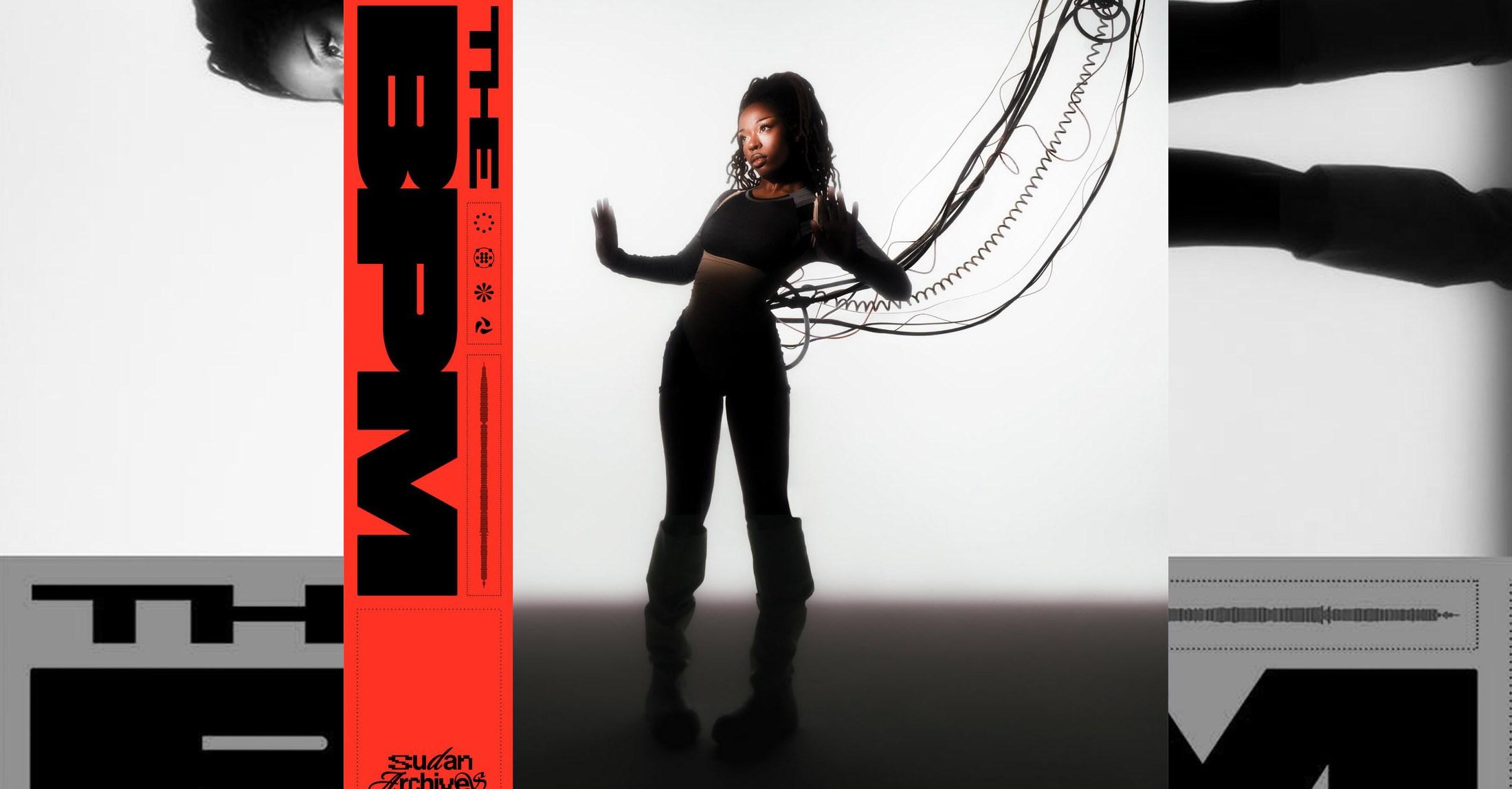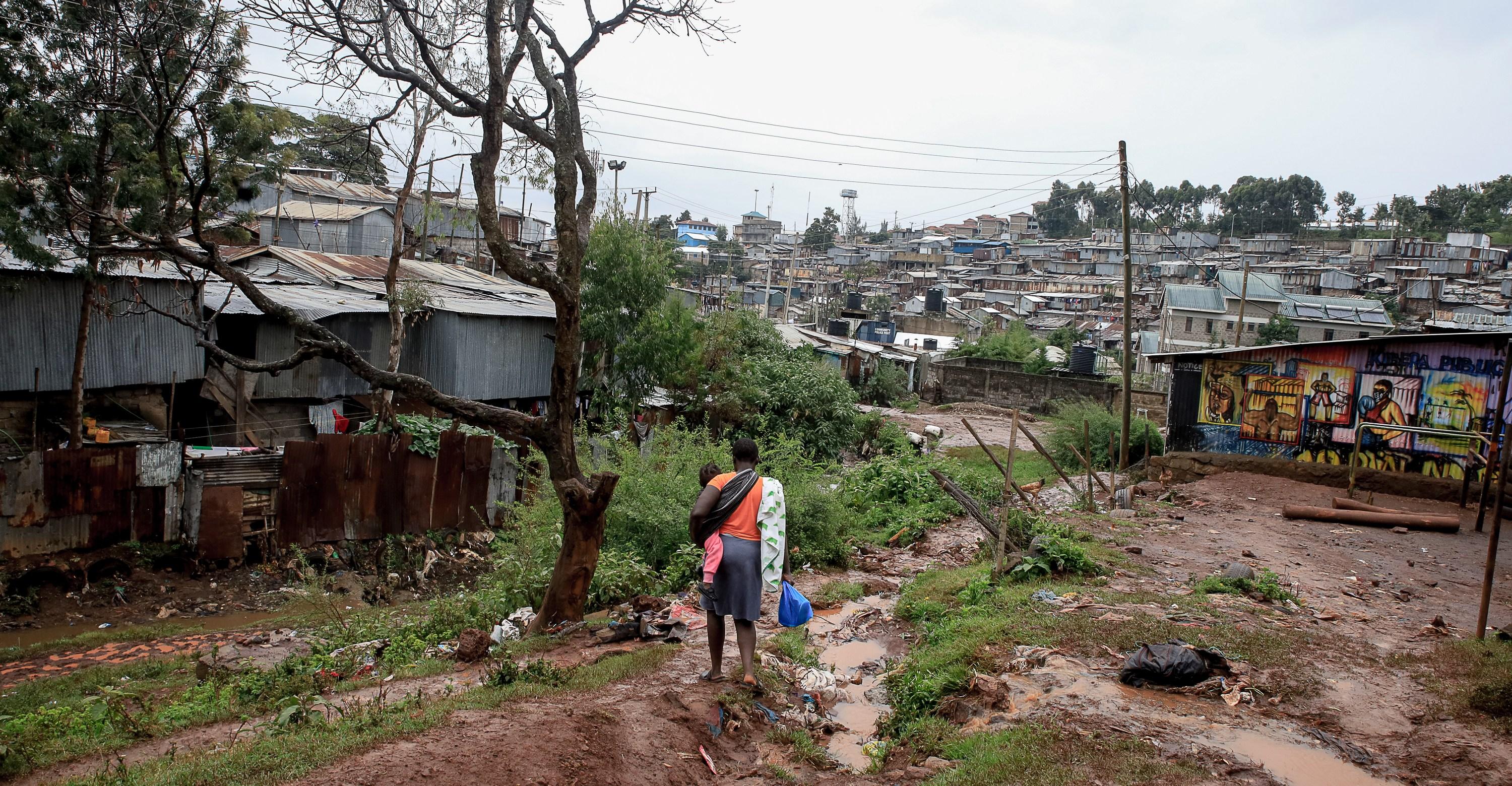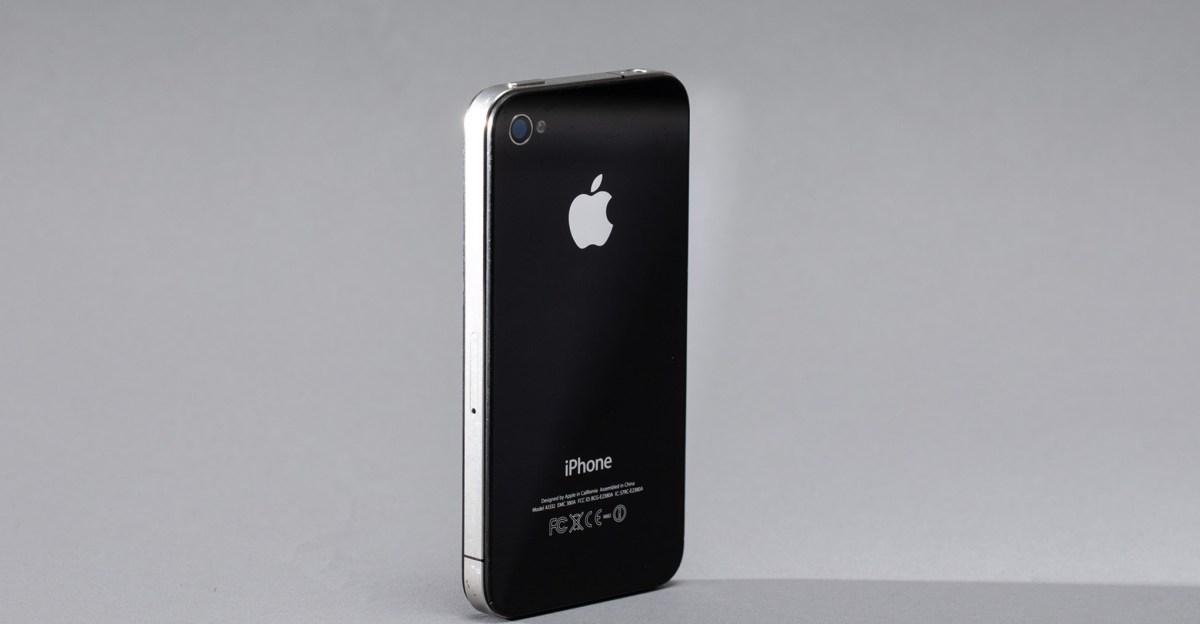Finland is happy. America is miserable. Right? It’s all in how you measure well-being.


We know that America is really unhappy. And Finland is the happiest country. Right?
Well, that’s what it says in the World Happiness Report, a wide-ranging survey on global happiness levels released last week. But before you pack your bags and move to Northern Europe, you might want a sneak peek at how the experts figure out who’s happy and who’s not.
Believe it or not, it typically comes down to one question. The pollsters use something called the Cantril Ladder. They ask: “Please imagine a ladder with steps numbered from zero at the bottom to 10 at the top. The top of the ladder represents the best possible life for you, and the bottom of the ladder represents the worst possible life for you. On which step of the ladder would you say you personally feel you stand at this time?”
Before you read any further, think for a second about how you would answer the question. Would you say your life is … a five? A seven? A nine?
When I first did this exercise, I said my life is a seven out of 10. But behind this answer was a more complicated truth. I’d initially thought about rating my life a six. Yet there was a voice tugging at me, from my years of reporting on people living in extreme poverty. Compared to their lives, I figured mine was probably pretty easy. So I bumped up my rating.
Did you implicitly find yourself doing something similar? Comparing yourself to others — either positively or negatively?
A new paper from researchers in Scandinavia and the US suggests that’s actually very common — and it may be a flaw in the question itself. By showing a picture of a ladder and saying to imagine some people “at the top” and others “at the bottom,” the question may be influencing respondents to consider not so much their actual happiness as their status.
Happiness and status are, of course, very different things. One is about overall well-being and the other is more about how much power or wealth you have relative to others. If the main question used to suss out people’s happiness isn’t really measuring that overall well-being at all, our results might be leading us astray.
What is the World Happiness Report really measuring?
Looking over the World Happiness Reports from previous years, the team of researchers from Scandinavia and the US noticed some “curious properties.”
For one, we would expect that as countries become richer, their people become happier. But higher GDP doesn’t always correlate with increased happiness. Despite how wealthy the US is, Americans are only becoming more miserable, for a range of reasons. And people in some higher-GDP European countries like Portugal and Italy report lower life satisfaction than people in lower-GDP Latin American countries. What’s going on?
It also turns out that when you present people with the Cantril Ladder and ask them which rung they’d prefer to be on, most of them do not say 10. On average, they say eight. That’s … baffling! Remember, 10 represents “the best possible life for you” — surely everyone wants that, don’t they?
Curiouser and curiouser, thought the researchers.
Suspecting that the framing of the question might be biasing the respondents, the researchers decided to investigate this empirically. They gathered randomized groups of participants and presented them with different versions of a question trying to measure well-being.
They tried the original Cantril Ladder, but they also posed the question without the picture of the ladder and without the bottom-to-top description. Plus, they tried versions that don’t mention a ladder, a bottom or top, or even a “best possible life,” but instead just mention either “happiness” or “harmony.” Then they asked people what was on their minds when they answered the question and used AI to analyze the responses.
The researchers found that each version of the question brought up different associations. Most notably, the original Cantril Ladder influenced respondents to focus more on power and wealth — not a very broad or holistic notion of well-being.
The researchers also found that when they removed the ladder symbol and description, people associated well-being more with mental and physical health, relationships, and family. They still thought of money, but rather than thinking in terms of wealth, they thought in terms of financial security (the important thing was not to be richer than others but simply to have enough for a nice life).
And crucially, they gave a more intuitive answer when asked which level of happiness they’d prefer, answering much closer to the “10” end of the spectrum.
That makes sense. If you think a 10 is about being richer than others, you might actually feel like an asshole saying that’s your preferred level — it feels like you’re saying that you want to outrank others. Plus, as the researchers noted, “It is likely that the ladder framing imposes a hierarchical perspective that influences individuals to interpret it as less compatible with other essential aspects of well-being, such as belongingness and mutuality in relationships.”
The great irony of comparing who’s happiest
The takeaway here is not that the World Happiness Report is useless or that efforts to measure happiness are silly. These efforts can help inform policymakers around the world as they try to figure out which things correlate strongly with happiness so they can invest in those things.
But we need to remember that our measurements often come with cultural metaphors baked in. They can affect the results without us even realizing it. That seems to be the case with the Cantril Ladder — and that means we should take the results with a big grain of salt.
We should also remember that there’s a great irony in comparing my happiness with yours, or my country’s with your country’s. As any psychologist will tell you, comparing ourselves to others tends to make us very unhappy!
In fact, this should be part of any discussion on why young Americans are so unhappy — a discussion that’s been in the media a lot this past week thanks to the World Happiness Report. While smartphones and especially social media are often blamed for the misery, we have to ask what it is about the tech that makes people so miserable. Research suggests a big part of it may be that Facebook, Instagram, and the rest turbocharge social comparison — poison for mental health.
The poisonousness of social comparison can also help make sense of the observation that higher GDP doesn’t always correlate with increased happiness. The US has a high GDP, but it also has extremely high inequality. So a lot of Americans are comparing themselves to other, richer Americans — and becoming more miserable as a result.
“In rich countries, where you have big sectors of the population that are declining relative to their peers, then they don’t have hope for the future,” Carol Graham, a public policy professor at the University of Maryland and a senior scientist at Gallup, told me last year.
“As decades of evidence demonstrate, happiness often comes not from comparing ourselves to others, but through connection with them, something that might be missing from some of the [World Happiness] report’s key variables,” Jamil Zaki, a Stanford psychologist, noted. “As such, it’s ironic that many headlines about the report have focused on how countries ‘rank’ in happiness, reinforcing a competitive view that might be part of why we find it so hard to be happy in the first place!”

You need to listen to Sudan Archives’ violin opus for the club
- 6 hours ago

Tremors felt in Balochistan's Barkhan district
- 17 hours ago
India summons Bangladesh envoy over security concerns in Dhaka
- 18 hours ago
Pakistan Navy launches fourth Hangor Class submarine 'Ghazi' in China
- 14 hours ago

Met Office forecast rain, snowfall from Dec 20
- 15 hours ago

Everything is a mockumentary now, thanks to Rob Reiner
- 4 hours ago
What is going on with Trevon Diggs and the Dallas Cowboys?
- 5 hours ago

The low, low cost of ending extreme poverty
- 4 hours ago
NFL playoff-clinching scenarios: Which teams can secure a berth in Week 16?
- 5 hours ago

Inside the high drama of the iPhone 4
- 6 hours ago
NDMA dispatches 27th aid consignment for Palestinians
- 16 hours ago

The global shadow economy behind Trump’s latest move on Venezuela
- 4 hours ago







